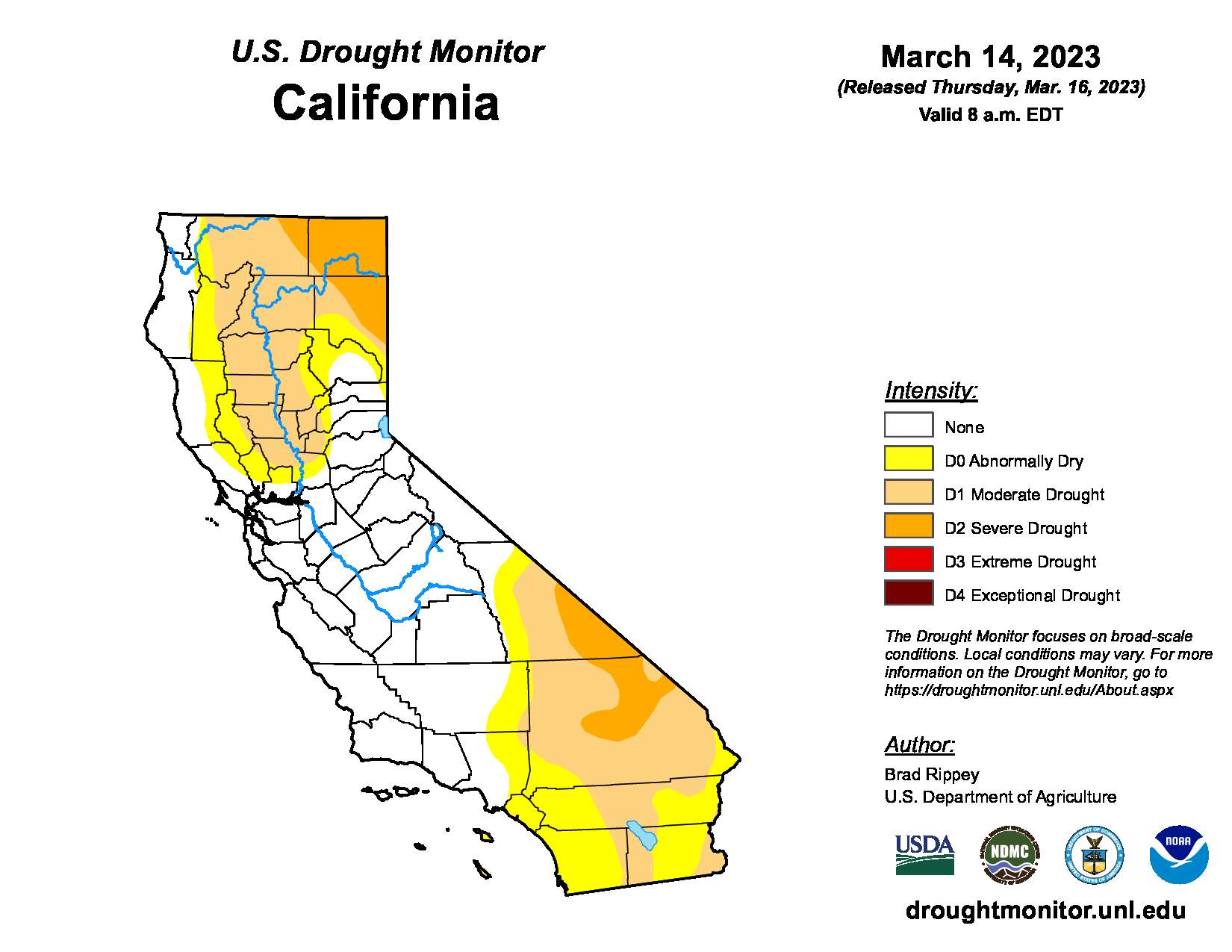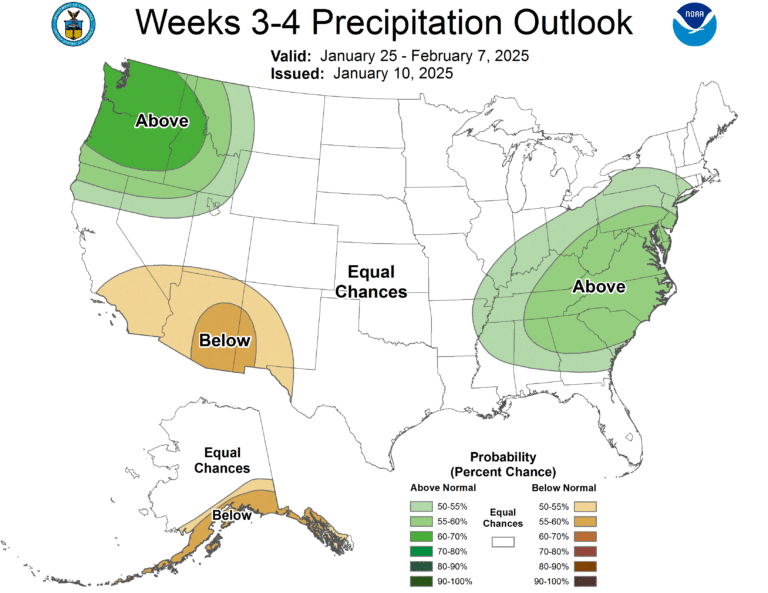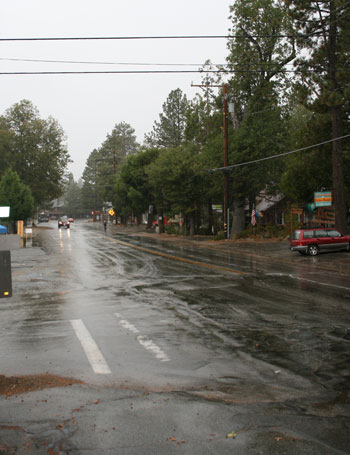Daylight saving time is here and the calendar says spring has arrived. But on the Hill, despite some milder temperatures, the winter precipitation has lingered and is expected to continue to dampen early spring.
Last week, the Hill received another 2 to 4 inches of rain. The March 15 storm dropped 2.24 inches on Idyllwild, a record for that date. The previous record of 2.14 inches was recorded more than 70 years ago in 1948.
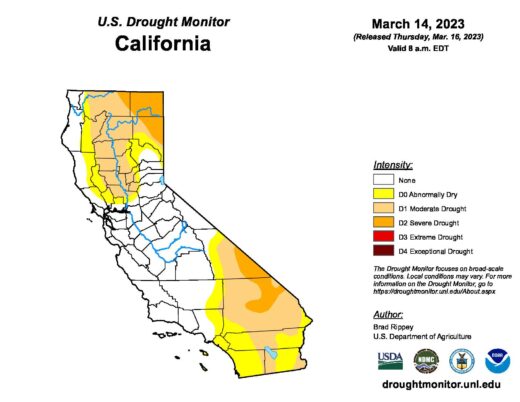
Some local areas recorded much more rain during the two days. For example, Snow Creek recorded slightly more than 4 inches and Dutch Flats in Pine Cove received slightly less at 3.94 inches. Keenwild Ranger Station recorded about 2.5 inches and about 1.35 inches of rain fell in Anza.
As of Friday, March 17, the National Weather Service (NWS) expects another 3 to 4 inches of rain to pummel the Hill next week, possibly beginning Monday evening through Wednesday.
“And some potential for the following week, later in the month,” says Alex Tardy, NWS meteorologist for the San Diego office.
Without any more precipitation, between 15 and 22 inches of rain have fallen since Jan. 1. And from the beginning of the rain year, Oct. 1, both Keenwild and Dutch Flats have recorded more than 25 inches of rain, while the long-term average for the entire rain year is 26.4 inches.
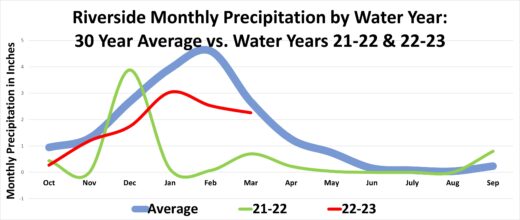
At Thanksgiving, only three months ago, all of California was considered in one of the four drought stages. As of March 14, about three and half months later, nearly 44.7% of the state is free of drought. This is a 30% improvement since the end of February and a whopping 18% since the prior week. February 2020 was the last time this much of California was drought free.
And at the end of November, nearly 40% of the state was in either extreme or exceptional drought, the two worst conditions. As of last week, none of the state was classified in either of those drought stages.
And the snowpack is nearly 260% greater than the average for April 1. According to Tardy, “that’s nearly two seasons in one.”


